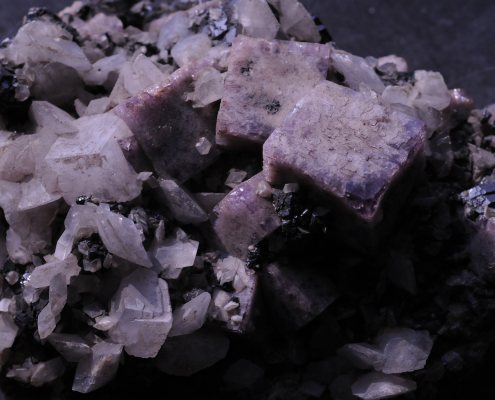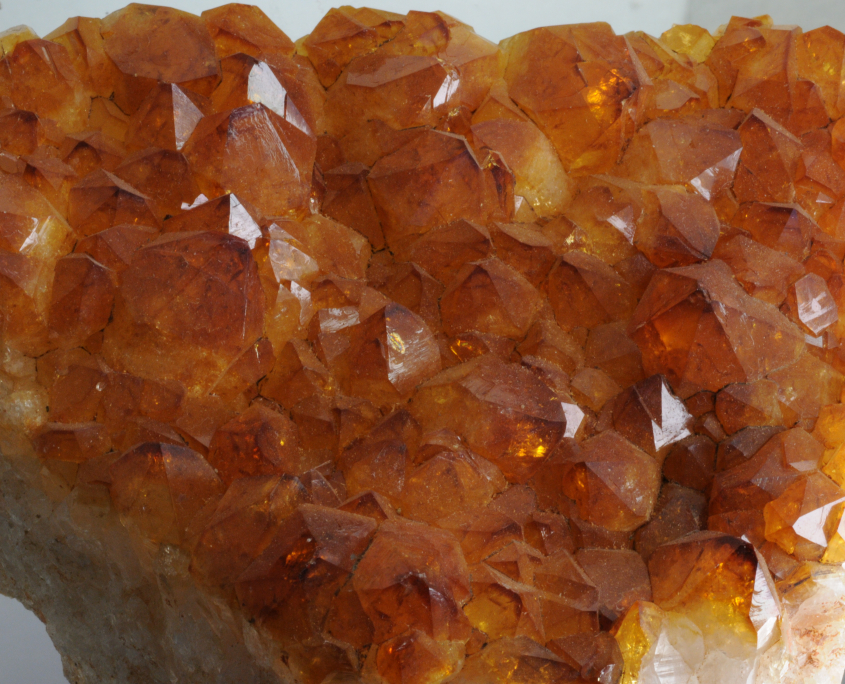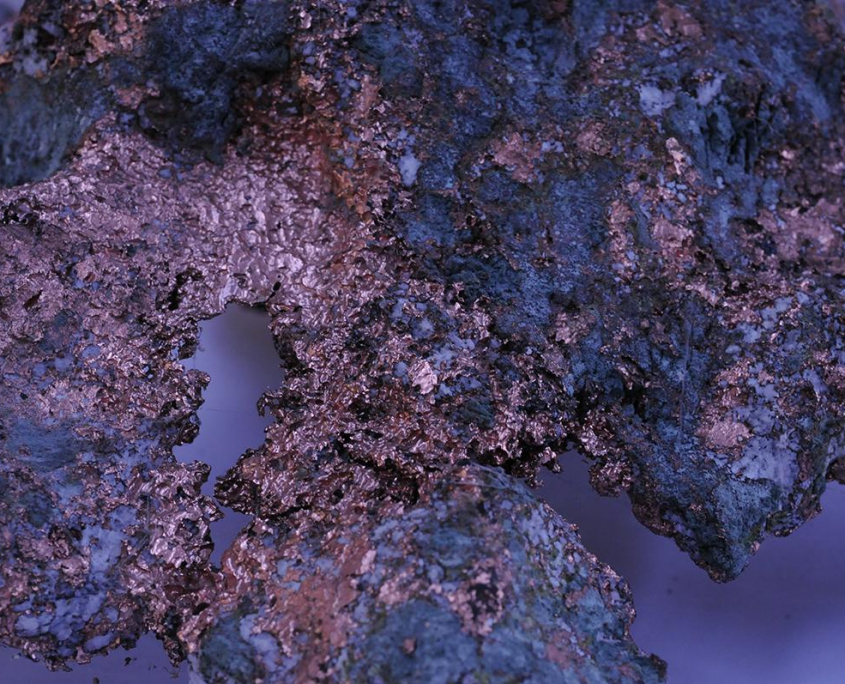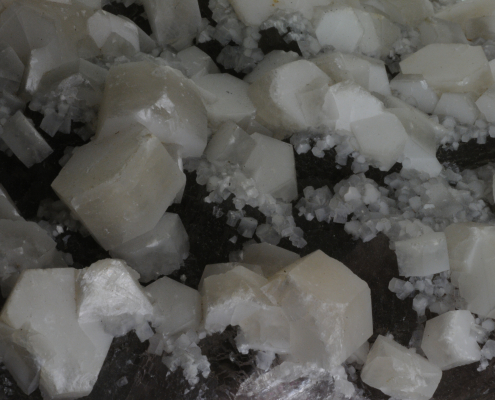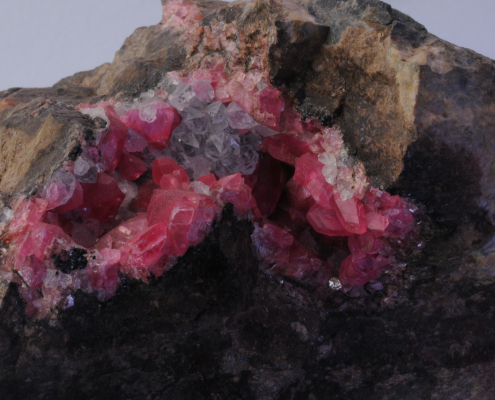The Mineralogy Museum at the University of Parma was created from the union of a series of late 18th-century collections: Linati, Piroli, Cavazzini, which merged, with limited subsequent accessions, into a single structure.
Of these collections, only the Cocconi catalogue, handwritten in the years 1886-1887, remains, which shows the consistency of the specimens then present. This catalogue, which is an important historical document, is of almost no use because over the years the connection between the reference in the catalogue and the objects in the collection has been lost for the vast majority of samples.
The current situation is of a set of samples on display in the central corridor of the Plesso di Scoenze della Terrax on the University Campus at 157/a Via Usberti, premises belonging to the Dipartimento di Scienze Chimiche, della Vita e della sostenibilità Ambientale.
This is a collection of around 800 artefacts, selected by aesthetic characteristics and classified on a systematic basis.
An exception to the systematic classification are the first showcases from the entrance, which refer to aminerals from the Parma area.
In addition to the specimens on display, it must unfortunately be pointed out that the rest of the collection, more than 5,000 pieces, is located in storage outside the building, which is currently unfit for use.
Among the samples from the Parma area, the following deserve mention barite septaria, black quartz in chalks, large calcite crystals grown in sedimentary areas and finally the rare melanoflogite, clathrate found in only a few locations in the world, of considerable technological interest for its application potential in methane ‘storage’.
Among the samples in the corridor, the splendid crystallisations of amethyst, the mammellonite malachite, the labradorite with iridescent decimetric crystals in various colours, and the splendid garnets.
Finally, a note for the exhibition of historical meteorite specimens, a collection developed in the late 18th and early 19th century, in which there are fragments of the most famous meteorites that fell during the period. These include the Renazzo carbonaceous chondrite, the Juvinas eucrite, the L’Aigle chondrite, from the examination of which Biot proposed the extraterrestrial origin of meteorites, and finally the Krasnoyarsk pallasite.
The exhibition is enriched with information on the samples and on mineralogy and crystallography in general, from the permanent display of panels prepared for the exhibitions on the Apuan marbles, in 2006, and Cristalli! in 2014
SEE OUR CATALOGUE.
Collections
Collection Krantz
The entry of the Krantz Collection (consisting of 500 items) into the museum’s holdings was not due to a donation but to a purchase in 1925 from the Berlin-based company of the same name, which specialised in the buying and selling of rock, mineral and fossil collections and geological educational material.
Collection Cavezzali
Collection Guidotti
Collection Linati
Collection Piroli



